Imaging Science and Optics
Gaussian-Weighted Variance-Dependent Sharpening Algorithm
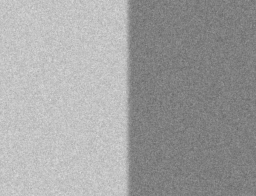
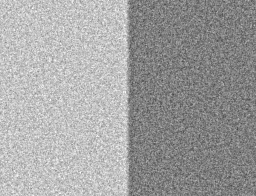
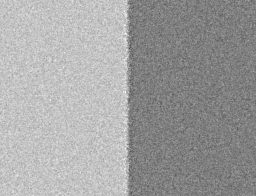
Blurred Edge with Noise
Typical Sharpening Algorithm
Variance-Dependent Sharpening
This algorithm behaves like a standard unsharp mask sharpening algorithm. However, instead of applying the unsharp mask uniformly, it weights the mask by first measuring the variance of each region. It also adheres to a Gaussian distribution to mimic naturally soft edges.
Where variance is extremely high, the algorithm assumes an edge is present and applies sharpening. In areas where variance is low or moderate, sharpness is not applied, reducing the over-enhancement that typical sharpening algorithms tend to introduce in noisy regions of an image.
The weight of the variance map can also be adjusted using a scalar defined by gamma, a user-defined input variable.
Ultimately, this sharpening algorithm allows users to apply traditional sharpening techniques, while adding a parameter that gives them control over how noise is handled — resulting in cleaner, more refined images.
As shown in the example below, both typical and variance-dependent sharpening enhance contrast at blurred edges. However, the variance-dependent algorithm significantly reduces the impact on image noise.
Interpretive Spectroradiometer Using Many Wide-Band Filtered Photodiodes
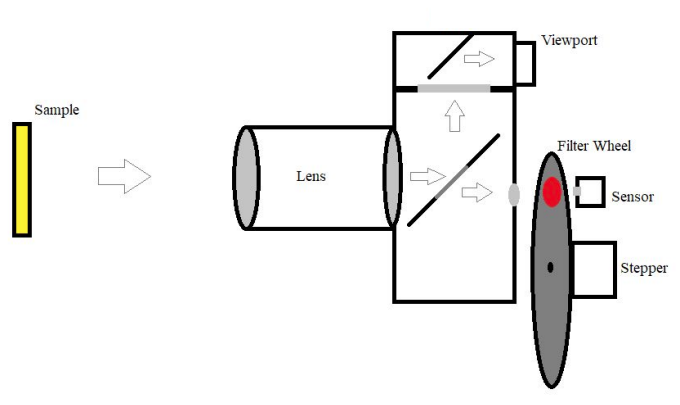
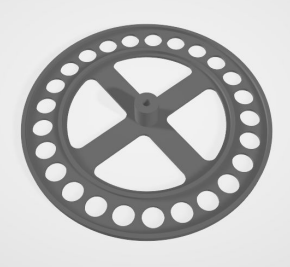
This project leverages a predictive model to integrate camera exposures. By combining hardware, optics, and software, it reverses a typical characterization process. Normally, this process would predict the exposure of many photodiodes under a known spectral power distribution. Instead, this system interprets many measured exposures to reconstruct the unknown spectral power distribution that was captured.
In essence, it functions as a spectroradiometer — but without the need for diffraction-based spectral separation. This approach avoids the significant size, weight, and manufacturing challenges associated with traditional spectroradiometers.
As a result, the proposed device is cheaper to manufacture, lighter, more robust, and far less sensitive to vibrations. These advantages make it well-suited for consumer applications and aerial spectral measurements.
Depth Map Algorithm

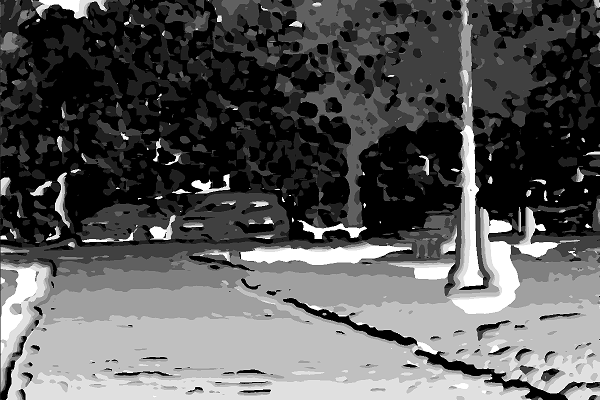
Reference Image
Relative Depth Map
This algorithm generates a depth map from a series of images captured at different focal distances. Each image is processed to compute the Gaussian-weighted variance at each pixel. The region with the highest variance in a given image is assumed to be the most in-focus, indicating that the depth at that pixel corresponds to the image’s focal distance.
As illustrated in the example, closer objects appear lighter, while the background gradually darkens, forming a depth gradient.
Although this method requires multiple images, it can be automated in embedded camera systems and is well-suited for capturing depth maps of static scenes.
ColorLink


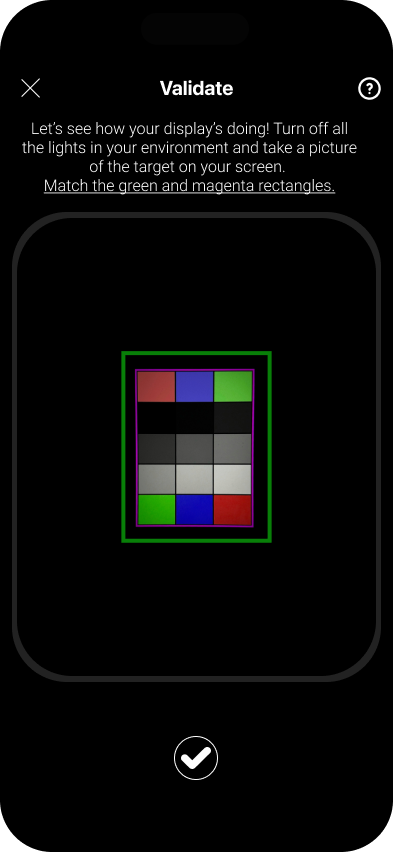
ColorLink is a project I developed in collaboration with another student during my entrepreneurship co-op at the Rochester Institute of Technology.
It is a mobile app designed to validate and automatically calibrate a display’s color accuracy using only a smartphone camera. By analyzing a patch displayed on our website, ColorLink measures the chromaticity of the display’s primaries, gamma, and maximum luminance through a series of proprietary transforms and algorithms.
By utilizing technology that most people already have access to, ColorLink brings the capabilities of expensive calibration tools to independent colorists, web designers, and freelance photographers.